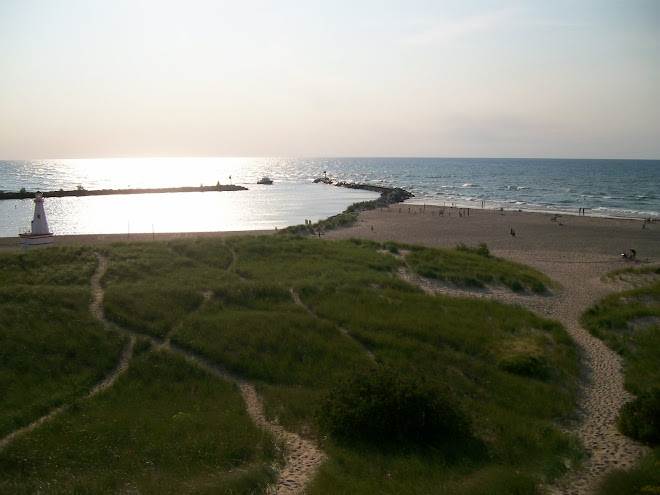· Although we have been spending most of our ample time and
buckets of money at the CDC worrying about traffic light safety, size of helpings at
McDonald’s, obesity in lesbians, and sedentary lifestyles, we have found a few
people in the basement back by the service entrance who keep an eye now and then on communicable
disease and we have consulted with them.
· Listen to us because we are trained
professionals and we know what we’re talking about.
· You cannot catch Ebola sitting next to someone
on a bus, unless you’re in West Africa where the person next to you might
actually have Ebola.
· There is no reason to avoid public
transportation in the US, because you cannot catch Ebola on a bus or a plane.
· If someone on a bus or plane sneezes or coughs near you,
we’d look at your situation.
·
If you have Ebola or have been exposed, do not
travel on a bus or a plane.
· The nurse who cared for the Liberian Ebola
patient should not have traveled on an airplane before she got sick.
· We do not recommend travel restrictions because it
will not matter if more people with Ebola enter this country.
· Stopping more people from coming to this country
from Ebola hot zones won’t completely protect all Americans, so it is not worth
doing.
· Restricting travelers from Ebola hot zones from entering this country would prevent
us from sending aid to those
countries since all medical aid from the US to the Ebola countries must be
balanced by Ebola-infected people entering the US.
· Restricting travelers from Ebola hot zones from entering this country might hurt
the economies of those countries, so we should not interfere with the free movement
of people even if they have Ebola.
· Restricting travelers from Ebola hot zones from entering this country would be racist since the Ebola outbreak is in Africa, so we should not interfere with
the free movement of people even if they have Ebola.
· Listen to us because we are trained
professionals and we know what we’re talking about.
· Our personal protection protocol for Ebola
health care workers is 100% effective.
· Ebola is a hard disease to catch, unless you’re
a highly-trained nurse following our personal protection protocol.
· The nurses who followed our protocol but who
nevertheless contracted Ebola must have breached protocol.
· We don’t know how the nurses breached protocol.
· We really just know that our protocol is 100%.
· Even though our protocol is really, really 100%
effective, we’ll now look at improving it.
· Ebola is a very hard disease to catch and trust
us, we are trained professionals and we know what we’re talking about. We have top men, top men, working on this. After
all, why would we fudge the truth?
R Balsamo











